Project Archinaut – 3D printing heads for the stars
NASA’S LATEST PLAN IS TO LAUNCH A 3D PRINTER INTO ORBIT, CREATING A FUTURISTIC SPACECRAFT FACTORY
NASA has been interested in 3D printing for a while; it has obvious potential for replacing parts during long space missions. Now they’re working on a more ambitious plan, though. A $20 million contract was awarded late last year to Made In Space, who are now developing a 3D printer that can be launched into orbit and could help to assemble future satellites and space stations. The official title of the contract is the “Versatile In-Space Robotic Precision Manufacturing and Assembly System” but luckily it’s also picked up the name Project Archinaut, a heroic-sounding combination of architect and astronaut – quite an appropriate name for it, really.
The International Space Station already has a 3D printer on board. It was also developed by Made In Space, and in 2014 it printed out the first object manufactured off the planet – by humans, at least. That object was a nameplate for itself, but it’s gone on to manufacture clips, small containers and utensils. Archinaut will be able to do a lot more.
NASA’s plan is for Archinaut to integrate printing and assembly functions; it will print off components using material shipped up from Earth, then use three robotic arms to assemble them. It will also be able to collect parts launched into orbit and add them to the structure, or even grab passing obsolete satellites and scavenge parts for reuse.
Printing objects in space has a lot of advantages. If spare parts are needed for the ISS or another spacecraft it’s much quicker to print them than to load them into a rocket and send them up from Earth. It’s also cheaper – you don’t need to expend a rocket booster to deliver one small but vital part. Then there’s huge potential to improve the design of components. At the moment anything sent into space has to be able to survive the huge stress of a rocket launch. This means everything in orbit is massively overbuilt, so it’s heavier and needs more materials. If it can be printed when it’s already outside Earth’s gravity well it can be made as strong as it needs to be, and no more. Not only can objects be lighter and cheaper – they can also be made larger. Not having to deal with Earth’s gravity opens up a lot of new possibilities.
Archinaut will be more than a 3D printer, although printing technology will be at the heart of its power. It will be an orbiting factory that will make it far easier to build space stations and even future probes or manned spaceships. In the future it, or later printers, could be upgraded to use materials mined from asteroids or the Moon. That would make an immense difference. Right now, lifting a pound of material into orbit costs at least $10,000 – running Archinaut on filament shipped up from Earth certainly isn’t cheap! Even so the value of space printing makes the cost worthwhile, and using materials mined in space would be a nice bonus.
The first trials of Archinaut, on Earth, are scheduled for 2018. If it works as intended the second phase is to enlarge the ISS printer, equip it with arms being developed by Northrop-Grumman, and mount the whole system in an external pod where it can work on building the next generation of space vehicles.

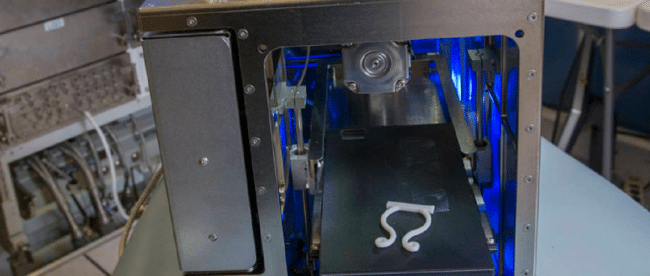
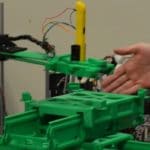

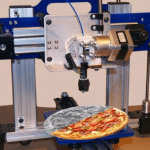
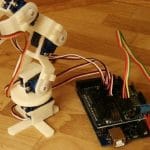
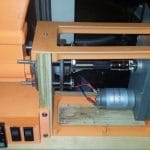
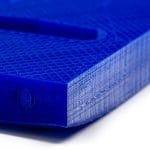
Leave a comment
You must be logged in to post a comment.